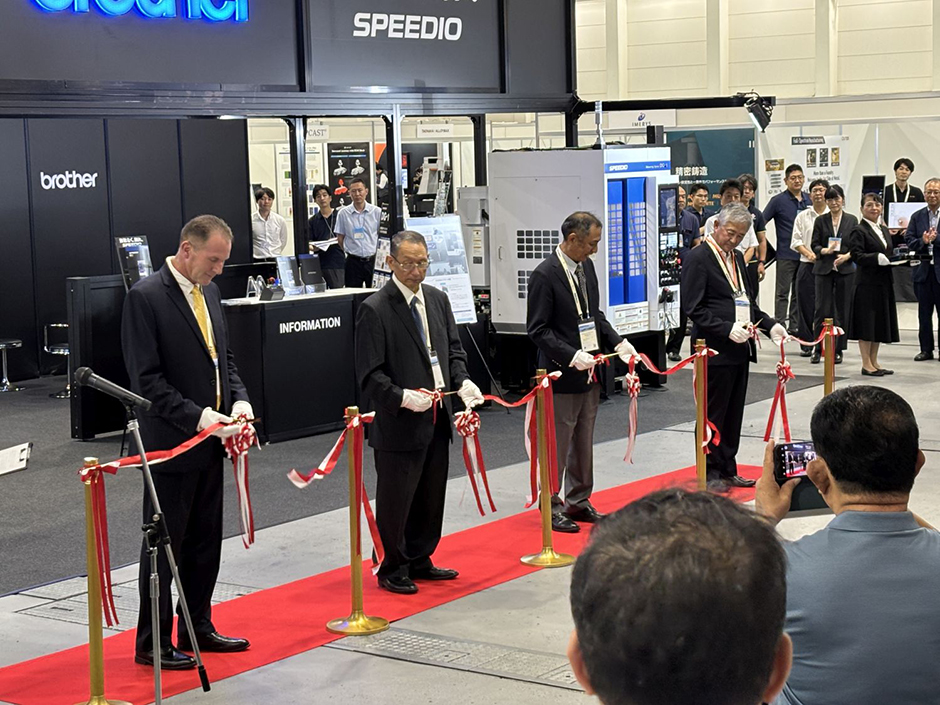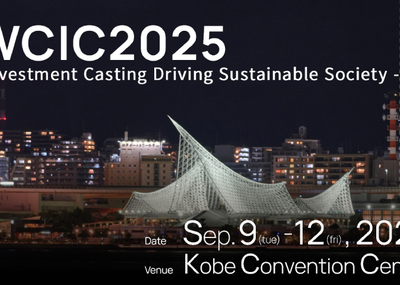Guest article by Andreas Wilch, Access e.V.
From September 8–12, 2025, the World Conference on Investment Casting (WCIC) took place in Kobe, Japan. According to the organizers, the conference gathered around 300 participants from 23 countries, accompanied by a technical exhibition with 80 exhibitors. The Mayor of Kobe City welcomed the participants in his opening address. The next WCIC will be held in 2028 in Prague. Further upcoming events include the EICF 2026 in Seville and the ICI Conference in Pittsburgh in September 2025.
Participants and Exhibition
The majority of attendees came from Asia, while European and North American companies were clearly underrepresented. The presence of European foundries was generally limited. Among the exhibitors, internationally operating suppliers dominated, presenting their latest products and services for the investment casting industry.
Main Topics
Two major topics shaped the technical presentations:
- Digital tools for faster development and defect prediction in investment casting.
- New materials for aerospace, in particular high-temperature alloys for turbine applications.
It was noticeable that discussions following many presentations remained limited. Language barriers contributed to this, as the digital translation service “Wordly” was available but provided only moderate quality.
Selected Technical Contributions
A keynote presentation on “R&D Trends on Investment Casting for Aerospace Applications” focused on the development of a next-generation superalloy for single-crystal applications, aiming to further increase turbine inlet temperatures. Even a 40 °C rise in combustion temperature can improve engine efficiency by 1%, a significant economic factor for airlines. Alongside computational alloy design, complex ceramic cores, automated wax assembly, and additively manufactured shell molds play a central role.
Another contribution addressed the historical development of superalloys and introduced approaches to recycling used turbine blades. It was shown that the use of CaO crucibles during remelting can effectively bind sulfur from the melt, making the alloy reusable for high-temperature applications. Automation was also a topic, with solutions presented for efficiency gains in wax rooms, providing flexibility and cost benefits for series production.
Use of AI in Investment Casting
Particular attention was given to a presentation on an AI-based inspection system for automated defect detection in ceramic shell molds. The system combines camera-based data acquisition with a two-stage AI model (Mask R-CNN, nnU-Net). The goal is to integrate quality control directly into the production process, thereby reducing scrap, energy consumption, and costs. The project is currently under further development and is seeking industrial partners for practical applications.
Conclusion
The WCIC 2025 clearly demonstrated that digital technologies and new high-temperature alloys continue to be the key drivers of the investment casting industry. The conference offered valuable insights into ongoing R&D activities, particularly for aerospace and energy applications.






